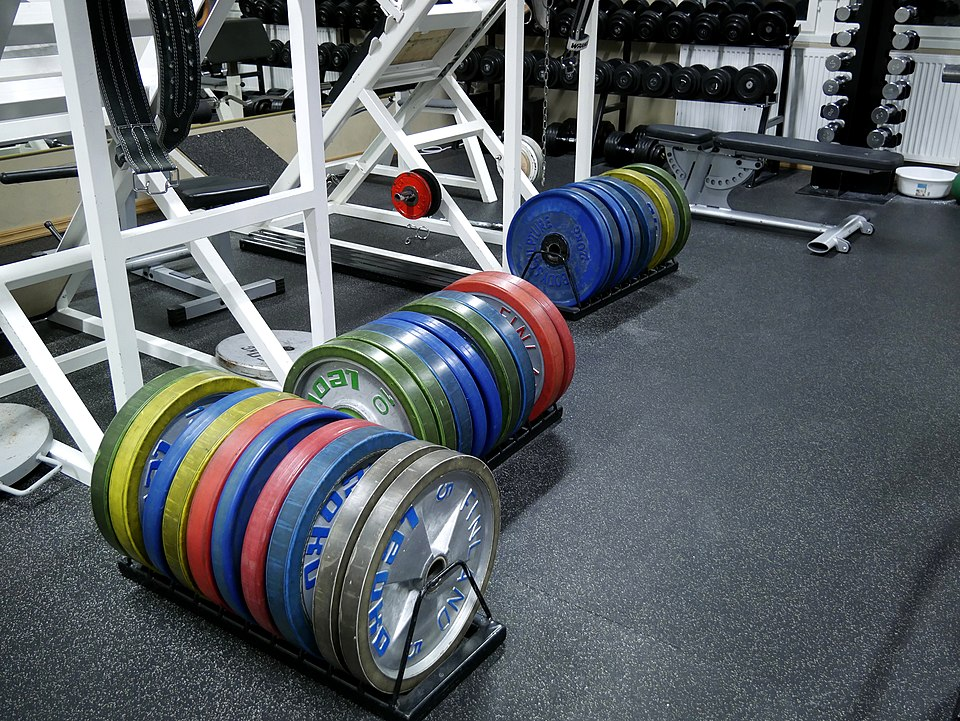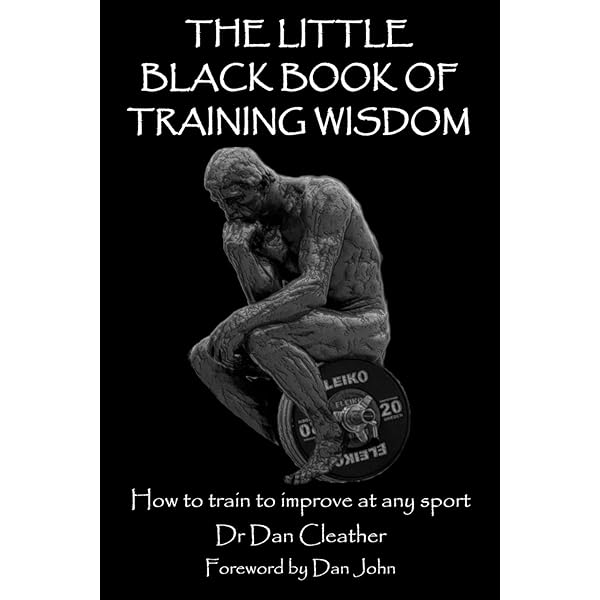Everything you need to know about deloads
- cillianoconnor94
- Jul 8
- 3 min read

What Is a Deload, and Why Does It Matter?
A deload is a planned reduction in training stress. Its purpose is to let accumulated fatigue from hard training dissipate, helping you avoid injury and make long-term progress.
If training stress is like water filling a cup (your body), a deload is the act of emptying the cup before it overflows.

When Should You Deload?
There are three main approaches to deloading, and each has its own logic.
1. Planned Deloads
With this approach, you schedule a deload ahead of time- typically every 4 to 8 weeks. The exact timing depends on the individual and the coach's programming style.
2. Reactive Deloads
Reactive deloads are based on how you or your coach perceive fatigue building up. Signs might include weights moving slower than usual or feeling harder than expected for a given RIR. It’s an adjustment made in response to performance decline or recovery issues.
3. No Deloads
Some people argue deloads are unnecessary and view them as wasted time. A humorous (and extreme) example is John Broz, who famously encouraged training through fatigue until you reach what he called "the dark times."
While I don’t recommend this approach for most people, it’s worth acknowledging that in certain high-frequency or autoregulated training styles (e.g., daily maxing), lifters manage fatigue without formal deloads. But for most drug-free lifters who train with moderate frequency and intensity, regular deloads are a smart move.

How to Deload
There’s a lot of debate around the best way to deload, but most agree that training stress needs to drop. The question is: what do you reduce, and by how much?
Training stress comes from three main variables:
Volume (sets x reps)
Intensity (load/weight)
Frequency (how often you train)
Most coaches recommend reducing volume, intensity, or both - rarely frequency.
My Approach
I keep it simple: I look at what we plan to do in the first week of the next training block and dial that back to around RIR 5 with 50–75% of the planned volume, depending on how fatigued or beat-up the lifter is.
If you don’t have your next block planned, a good fallback is to repeat last week’s exercises at significantly lower loads and fewer sets, keeping effort levels very low. The goal is active recovery, not performance.

Should You Deload “Too Early”?
This concept was taught to me by Dan Cleather, head of the MSc in Strength and Conditioning programme I completed.
Every training decision has a cost and a benefit.
Pushing to peak strength in the final week of a block can produce your best numbers - but it often comes at a cost: a sharp performance dip in the following weeks due to accumulated fatigue.
Dan’s insight was that peaking too hard in training can make the first week of the next block feel so poor that it hinders long-term progress. The question becomes:Do we want our best performance in training, or on a testing day or competition?
In practice, this means ending the block slightly earlier than your peak. For example, deloading in week 6 instead of pushing through to week 7. You might sacrifice a couple of kilos on the bar, but gain smoother transitions, lower injury risk, and better long-term progress.
In other words:
Your training blocks should look like rolling hills - not jagged skyscrapers.
Final Thoughts
Deloads aren’t just for the overtrained - they’re for anyone who wants to make consistent, injury-free progress. Whether you prefer a planned or reactive approach, the key is to manage fatigue before it manages you.
A well-timed deload isn't a step back - it's a step to the side so you can keep moving forward.
Not sure when or how to deload in your own training? I help lifters take the guesswork out of programming so they can make consistent progress without burning out.




























Comments